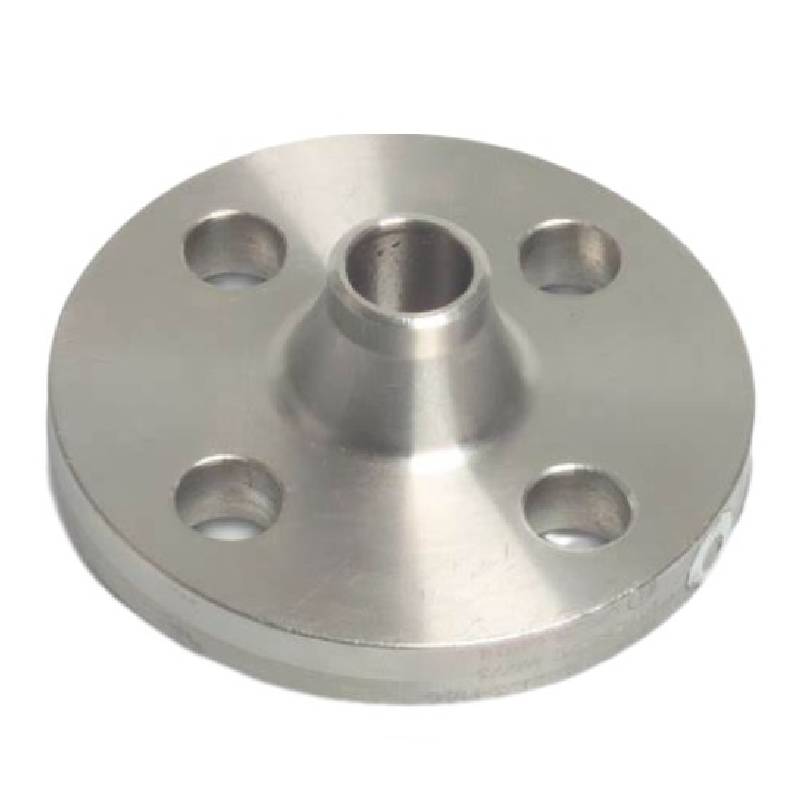-
Cangzhou Yulong Steel Co., Ltd.
-
Phone:
+86 13303177267 -
Email:
admin@ylsteelfittings.com
- English
- Arabic
- Italian
- Spanish
- Portuguese
- German
- kazakh
- Persian
- Greek
- French
- Russian
- Polish
- Thai
- Indonesian
- Vietnamese
- Zulu
- Korean
- Uzbek
- Hindi
- Serbian
- Malay
- Ukrainian
- Gujarati
- Haitian Creole
- hausa
- hawaiian
- Hebrew
- Miao
- Hungarian
- Icelandic
- igbo
- irish
- Japanese
- Javanese
- Kannada
- Khmer
- Rwandese
- Afrikaans
- Albanian
- Amharic
- Armenian
- Azerbaijani
- Basque
- Belarusian
- Bengali
- Bosnian
- Bulgarian
- Catalan
- Cebuano
- China
- China (Taiwan)
- Corsican
- Croatian
- Czech
- Danish
- Esperanto
- Estonian
- Finnish
- Frisian
- Galician
- Georgian
- Kurdish
- Kyrgyz
- Lao
- Latin
- Latvian
- Lithuanian
- Luxembourgish
- Macedonian
- Malgashi
- Malayalam
- Maltese
- Maori
- Marathi
- Mongolian
- Myanmar
- Nepali
- Norwegian
- Norwegian
- Occitan
- Pashto
- Dutch
- Punjabi
- Romanian
- Samoan
- Scottish Gaelic
- Sesotho
- Shona
- Sindhi
- Sinhala
- Slovak
- Slovenian
- Somali
- Sundanese
- Swahili
- Swedish
- Tagalog
- Tajik
- Tamil
- Tatar
- Telugu
- Turkish
- Turkmen
- Urdu
- Uighur
- Welsh
- Bantu
- Yiddish
- Yoruba

Oct . 31, 2024 02:20 Back to list
tee butt weld
Understanding Tee Butt Welds An Essential Overview
Tee butt welds are a fundamental aspect of piping and structural connections in various industries, including oil and gas, construction, and manufacturing. This type of weld is characterized by its unique configuration, where two pieces of material intersect at a right angle, forming a T shape. Understanding the tee butt weld's characteristics, advantages, and applications is crucial for anyone involved in welding and fabrication.
The tee butt weld is typically used to join a pipe (the stem of the T) to a larger structure or another pipe (the top of the T). This intersection requires a high degree of precision and skill to ensure a strong, durable connection that withstands various stresses during operation. The design of the weld allows it to carry loads effectively while also enabling efficient fluid or gas flow within pipelines.
One of the primary advantages of tee butt welds is their ability to provide uniform strength across the joint
. When performed correctly, this welding technique produces a strong bond that enhances the overall integrity of the assembly. Additionally, tee butt welds can be used with various materials, including carbon steel, stainless steel, and alloys, making them versatile for many applications.tee butt weld

Weld quality is paramount in tee butt welding. Factors such as material preparation, alignment, and the welder's technique significantly affect the quality of the weld. Proper cleaning of the surfaces to be joined is essential to remove any contaminants, which can lead to defects. The alignment of the pipes or materials must be precise to ensure that the weld penetrates adequately, avoiding gaps that could weaken the joint.
In terms of the welding process, several techniques can be employed, including TIG (Tungsten Inert Gas), MIG (Metal Inert Gas), and Stick welding. Each method has its benefits and is chosen based on specific project requirements, such as material type, thickness, and environmental conditions.
Moreover, tee butt welds play a crucial role in maintaining safety and efficiency in many industries. For instance, in the oil and gas sector, the integrity of welds can impact the overall safety of pipeline operations. A failure in a weld could lead to leaks or catastrophic failures, which emphasize the importance of rigorous quality control and inspection processes. Non-destructive testing (NDT) methods, such as ultrasonic or radiographic testing, are often employed to ensure the integrity of tee butt welds before they are put into service.
In conclusion, tee butt welds are an essential component of structural and piping systems. Their ability to provide strong, reliable connections makes them invaluable in various applications. By prioritizing quality in the welding process and employing appropriate inspection techniques, industries can ensure their projects’ safety and efficiency, ultimately leading to enhanced operational performance and longevity.
Latest news
-
ANSI 150P SS304 SO FLANGE
NewsFeb.14,2025
-
ASTM A333GR6 STEEL PIPE
NewsJan.20,2025
-
ANSI B16.5 WELDING NECK FLANGE
NewsJan.15,2026
-
ANSI B16.5 SLIP-ON FLANGE
NewsApr.19,2024
-
SABS 1123 FLANGE
NewsJan.15,2025
-
DIN86044 PLATE FLANGE
NewsApr.19,2024
-
DIN2527 BLIND FLANGE
NewsApr.12,2024
-
JIS B2311 Butt-Welding Fittings LR/SR 45°/90° /180°Seamless/Weld
NewsApr.23,2024











